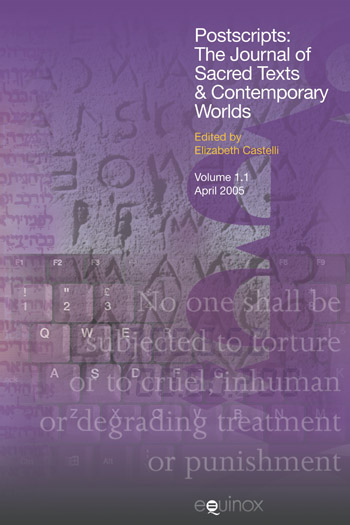Reviews
Overall, this is an important volume that must be consulted by scholars working in the archaeology of Edom/Idumea as well as the textual representation of those entities.The Catholic Biblical Quarterly
It is very pleasing that this subject is being addressed in such detail in one volume for the first time.
Zeitschrift für die Alttestamentliche Wissenschaft








